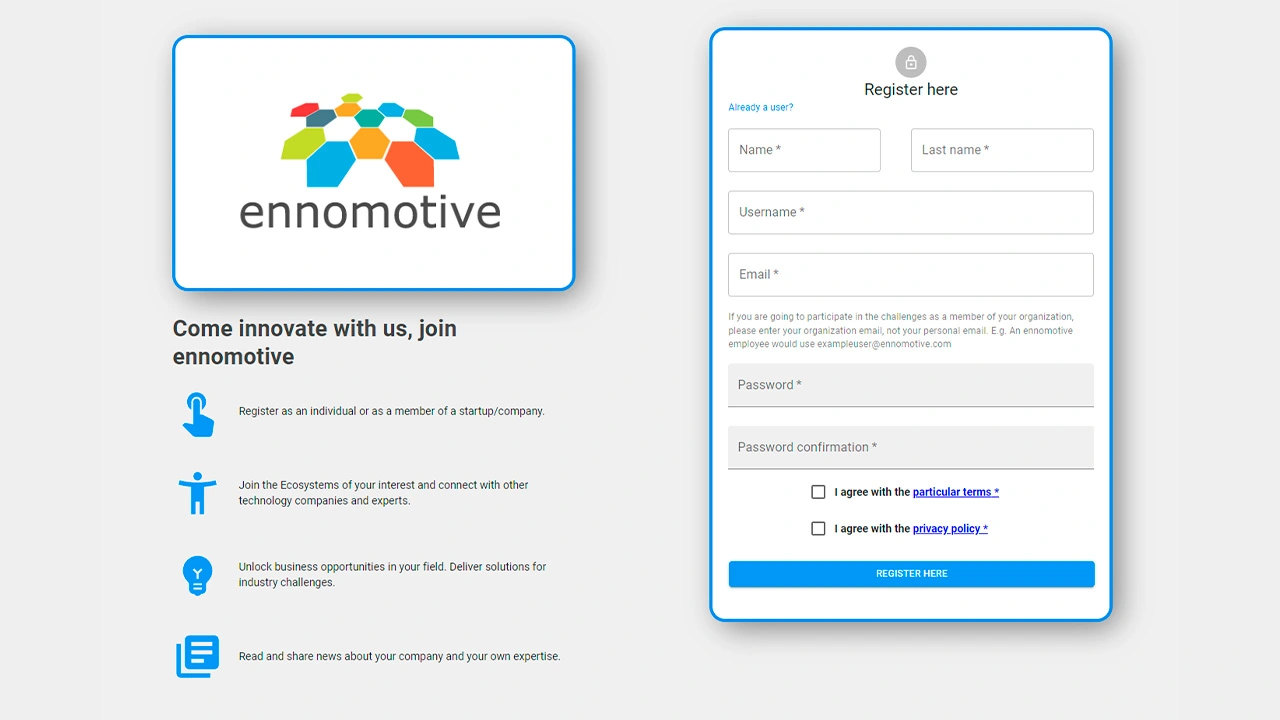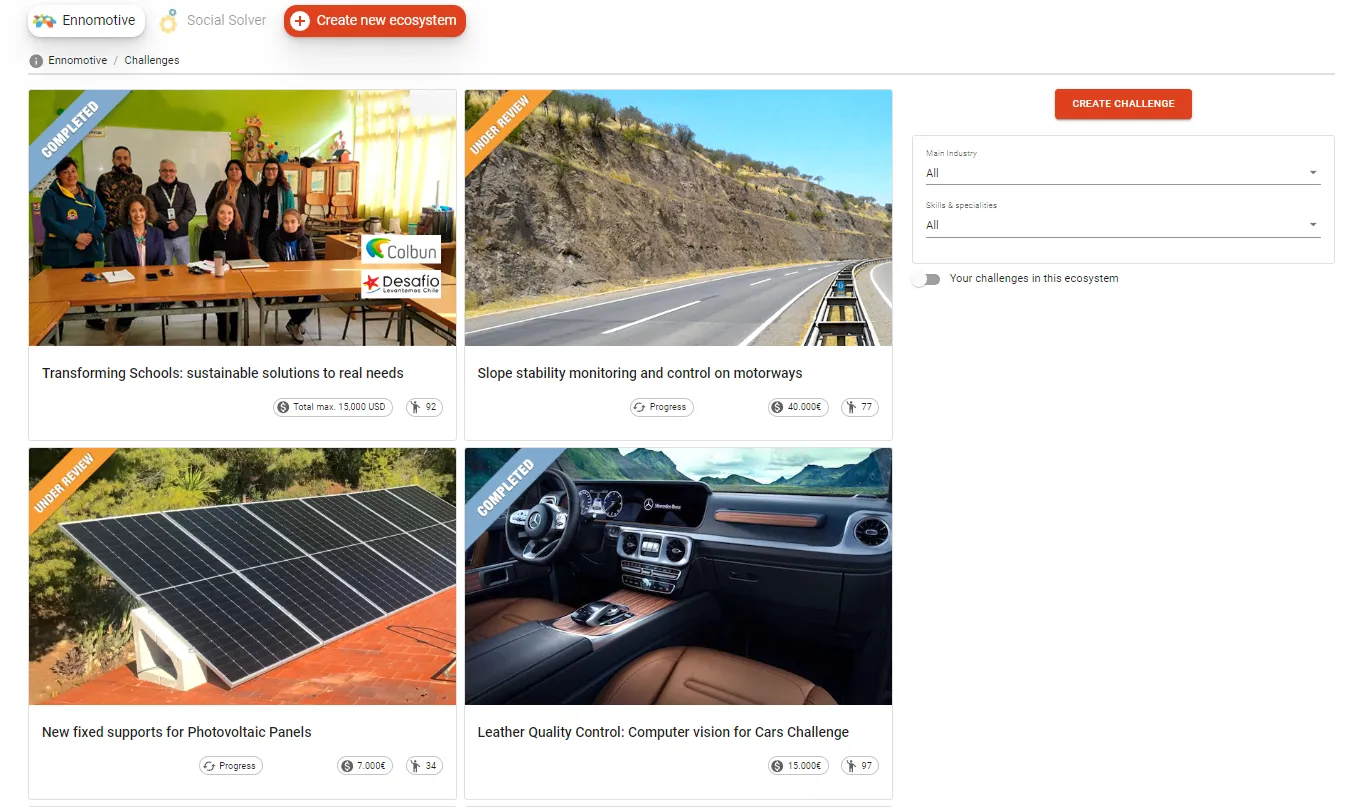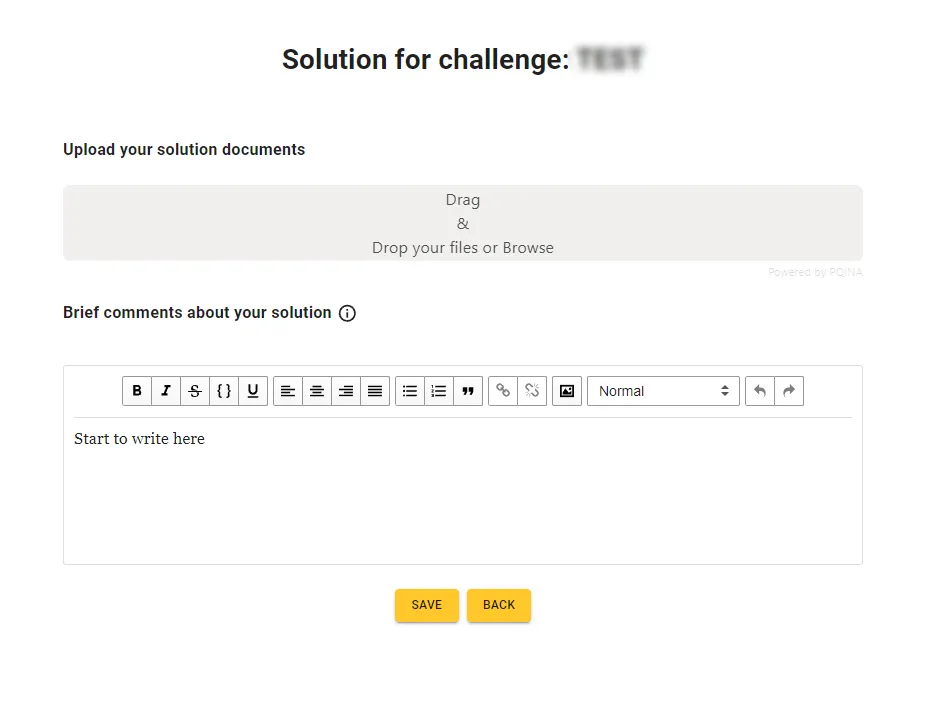Background
Our client is a multinational company and a leader in the management of high-capacity road infrastructure and intelligent mobility solutions. The company operates in 10 countries across Europe and the Americas, managing over 8,000 kilometers and generating more than €5 billion in annual revenue.
They invest more than €1 billion annually in technology, engineering, and construction as they strive for innovative solutions that promote more efficient, safer, and sustainable mobility and enhance the experience of road users.
Transportation infrastructure requires continuous management and maintenance. Numerous assets require close monitoring and control, particularly pavements, bridges, tunnels, retaining walls, slopes, etc. There are maintenance plans for all of them, with a variety of technologies available for monitoring the condition of each asset component.
The Challenge
In highway and road bridges and viaducts, bearings are used between the decks and the piers or abutments. Elastomeric expansion joints are also used on the decks.
Expansion joints also serve to prevent water from reaching structural components, which could otherwise lead to corrosion damage to the joint itself, the deck, and the substructure (including abutments, piers, and bearings). Proper maintenance of these elements directly impacts infrastructure safety.
Visual inspections are used to assess the condition of deck expansion joints and bearings. However, regular visual inspections of the bearings are not feasible due to difficult access, so they are inspected only every few years.
Expansion Joints
Joints deteriorate due to various factors, including weather conditions, road salt or snowplows in snowy regions, vehicle traffic, acceleration or braking, structural movements, non-orthogonal connection zones (angled or skewed), and suboptimal installation conditions.
Whenever possible, repairs that do not require replacement involve the use of bituminous mixtures and additives, with varying levels of effectiveness.
Bearings
Bearings are subject to similar deterioration causes: aging, blockage due to dirt, water, or salt, movement, non-orthogonal connection zones, and heat damage from bonfires or fires.
This can lead to cracking, crushing, distortion, blistering, and damage to the bearing plates. Maintenance typically includes cleaning of the plates and neoprene pads, followed by protection with grease or resin.
If the damage is moderate, maintenance can be performed with or without partial replacement. In severe cases, full replacement is required.
Replacing these components is costly and requires prolonged traffic closures. Therefore, non-replacement maintenance techniques are preferred to extend their operational life.
Therefore, the main challenge is to find a “safe repair without replacement”.
There are different types of elastomeric expansion joints and bearings. This challenge focuses on joints with bolts and neoprene and steel plate bearings (see Annex 1 for reference pictures).
*Note: Registration for the challenge is required to download the annexes.
What the Client is Looking For
The client seeks effective alternatives for maintenance (without replacement) of expansion joints and bearings, aiming to extend their service life for several more years. It also welcomes replacement solutions using simpler components with clear advantages.
In addition to inputs from specialists and existing best practices in the industry, the client is interested in proposals from:
· Companies from other sectors
· Technology centers and startups
· Engineers, chemists, or academics (individually or in teams)
Such proposals should introduce innovative approaches regarding materials, tools, methods, processes, or any other disruptive elements. We also encourage to submit well-founded and developed ideas that can solve the challenge.
1. Technical proposal describing your solution, at least:
· Technology used: materials, tools, patents...
· Estimated associated costs (essential in companies’ submissions; see point 2).
· Evidence of successful use in a similar or related process, if available.
· Completion of the summary template provided in Annex 2 for each solution (PDF format).
If multiple solutions are proposed, each must be detailed separately (as an independent solution).
2. Pilot Test quotation
A proposal for a pilot test on one of the client’s existing bridges or viaducts must be submitted. The content should include:
· Description of how the pilot will be conducted: technology, scope, equipment, estimated duration, planned stages, and level of support offered.
· Budget defined by the solver (a reference budget of €20,000 will be considered, but final evaluation will depend on technical justification and is not limited to this amount).
· Potential for scale-up and becoming a preferred supplier across the group’s countries.
For individual participants (not representing a company), this should include an indicative budget for the work.
Evaluation Criteria
Proposals will be evaluated based on the following criteria:
· Evidence of the solution’s feasibility (maturity and reliability).
· Simplicity of the solution (space, usability, equipment requirements) and ease of implementation.
· Lower estimated costs of the solution.
The 3 finalists will have a meeting with our client (the seeker) to defend their proposal. One or several winners may be selected if the solutions are complementary.
This is a single-round challenge looking for the following deliverable:
A single PDF document including:
· Description of the proposed technical solution (see point 1)
· Quotation for conducting a pilot test (see point 2)
To submit a proposal, participants must register on the ennomotive platform (https://app.ennomotive.com/user/register ) and join the challenge, accepting the terms and conditions (https://www.ennomotive.com/terms-and-conditions/) and privacy policy (https://www.ennomotive.com/privacy-policy/).
Challenge Structure and Timeline
This is a one-round challenge with the following deadlines:
· 10 weeks for proposal submission (deadline: October 7, 2025)
· 4 weeks for evaluation
Results to be announced by first week of November 2025
Confidentiality
According to general terms & conditions.
Intellectual Property
Unless the participant explicitly reserves ownership of the intellectual property at the time of submitting the solution, all ownership and intellectual property rights related to the solution—if awarded—shall be exclusively transferred to our client (the seeker). This includes, without limitation, rights of reproduction, communication, modification, and distribution, with worldwide applicability and for the maximum duration permitted under applicable law.
Challenge awards
• For individual participants: For each the joints (also for the bearings), up to 3 finalist proposals will be selected for testing by our client. Each finalist will receive €3,000 cash, and the winner will receive an additional €7,000 (best solution validated with a pilot project). So, the total prize pool is up to €32,000 for individual participants (6 x €3,000 + 2 x €7,000).
• For companies: Funding for the pilot test (as per proposed budget) and potential commercial agreement.
Our client (the seeker) reserves the right to suspend or terminate the challenge at its sole discretion and at any time. Furthermore, our client reserves the right, in its sole discretion, to not award the challenge if no proposal meets the described evaluation criteria described above, as well as to declare vacant one or more finalists for the challenge.
Additional documents
• Annex 1: Photos and diagrams
• Annex 2: Summary template



